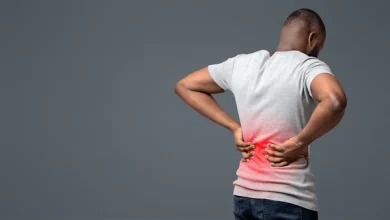
The Rivers State Primary Health Care Management Board in conjunction with the State branch of Red Cross carried out a 3 day Campus sensitization and vaccination with COVID-19 vaccine Johnson and Johnson brand specifically, in Ignatius Ajuru University of Education, IAUE, from the 27th through 29th of March, all in a bid to improve coverage of COVID vaccination and give necessary protection to individuals of eligible age in the school.
The event took place within the Rumolumemi campus, with support from the school clinic and a total of 124 persons accepted the vaccine though over 500 were sensitised.
The Health officials who spoke with Africa Update disclosed that the Rivers State Government is desirous to ensure immunity or communal protection for everyone living or doing business in the State.
The officials further noted that the Wike led administration has put in place modalities geared towards protecting every eligible individual against COVID-19 by vaccination which is available at the various health facilities and designated vaccination sites.






